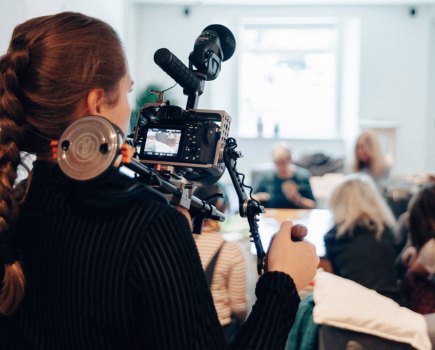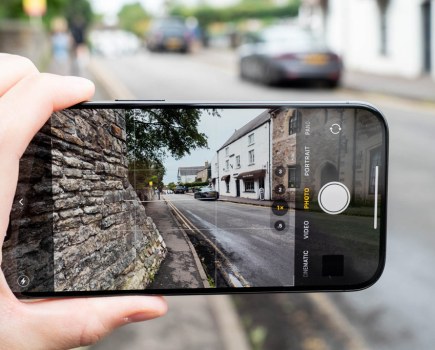Stills photographers will know that the shutter speed is used to control how movement and motion is recorded in your scene. So if you’re taking a picture of running water, for example, a slower shutter speed will give you blurred or smooth water, whereas a fast shutter speed will freeze the water as it falls or flows.
But in video, the shutter works slightly differently. For a start, with stills photography, you’re relying on a mechanical shutter. But when you’re recording video the noise of the shutter would be picked up during video recording. So instead, the shutter opens at the start and then an electronic shutter simulates the function of the mechanical shutter whilst you’re filming.
When shooting stills, you can shoot at any shutter speed you like, or at least whatever shutter speed is appropriate for the effect you’re aiming for and the environment you’re working in. You can also capture images right up to 1/8000 of a second if you’re camera has that function, right the way down to long exposure lasting a number of seconds.
The critical difference between the two disciplines is that you’re limited to a single shutter speed while recording video, and that shutter speed depends on the frame rate that you’re shooting at. Most of the time that will be either 24 or 25 frames-per-second (fps) and because of 180-degree shutter angle rule, which means that your shutter speed should be double your frame rate.
For example, when shooting at 25fps, your shutter speed should be 1/50 of a second. If your camera can shoot at 50 or 60 fps, your shutter speed should be 1/100 or 1/125 of a second. The reason for this 180-degree rule is because it helps us to record video that contains natural movement. If the shutter speed is too slow, you’ll get blurred movement, if you shoot at a shutter speed that’s too high, everyone in your scene will look like robots or as if they were recorded in stop motion. Sticking to the 180-rule will give you the most natural movement.
Having to stick with a fixed shutter speed can feel particularly limiting for those of us who are experienced in stills photography. If you’re outdoors and shooting at 1/50 of a second and at your lowest ISO and you want to use a wide aperture, you’ll often find that you’re scene is overexposed. The natural tendency for a photographer would be to increase the shutter speed, but because we can’t do that, we have to use ND filters to reduce the amount of light entering through the lens.






